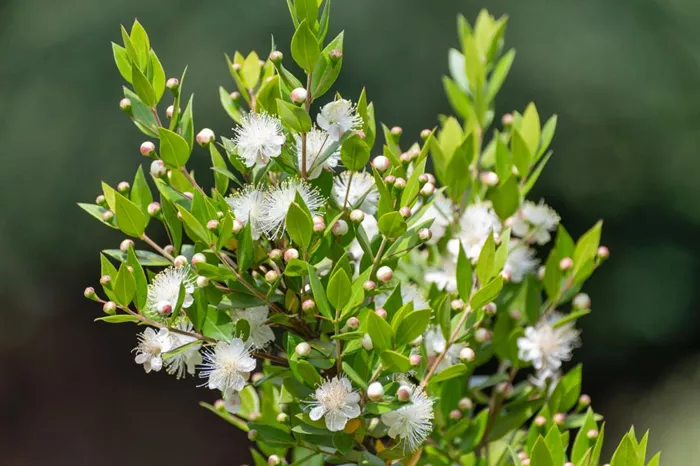Elk are majestic herbivores that roam forests, grasslands, and mountainous regions across North America. As grazing animals, their diet consists mainly of plants. Understanding what plants elk eat is essential for wildlife enthusiasts, conservationists, and anyone interested in managing habitats for these animals. In this article, we’ll explore the types of plants elk consume, their feeding habits, and how their diet changes with the seasons.
Elk Diet: An Overview
Herbivorous Nature
Elk are herbivores, meaning they eat only plant-based foods. Their diet includes grasses, shrubs, leaves, bark, and even aquatic plants. They are adaptable feeders, which allows them to thrive in a variety of environments.
Seasonal Changes
Elk diets change with the seasons. In spring and summer, they focus on fresh, nutrient-rich plants. In fall and winter, they shift to woody plants and bark when other food sources are scarce.
Types of Plants Elk Eat
Grasses
Grasses are a staple in the elk’s diet, especially during the spring and summer months. They are rich in nutrients and easy to digest. Some common grasses elk eat include:
- Bluegrass: A favorite among elk, bluegrass is found in many meadows and open areas.
- Wheatgrass: This hardy grass grows in a variety of habitats and provides essential nutrients.
- Ryegrass: Often found in grasslands, ryegrass is another common food source for elk.
Shrubs and Forbs
Shrubs and forbs (broad-leaved plants) make up a significant portion of the elk’s diet. These plants provide essential nutrients and are often more abundant in certain seasons. Examples include:
- Willow: Willow shrubs are a favorite among elk, especially in riparian areas. They are rich in protein and minerals.
- Sagebrush: In drier regions, elk feed on sagebrush, which is abundant and provides necessary nutrients.
- Clover: Clover is a nutrient-rich plant that elk seek out in meadows and open fields.
Trees and Bark
During the winter, when grasses and shrubs are less available, elk turn to trees and bark for sustenance. They use their strong teeth to strip bark and chew on twigs. Some trees elk eat include:
- Aspen: Aspen trees are a preferred food source for elk, especially in winter. The bark and twigs are nutritious and easy to access.
- Cottonwood: Cottonwood trees are another winter food source. Elk eat the bark and young shoots.
- Douglas Fir: In some regions, elk feed on the bark and needles of Douglas fir trees.
Aquatic Plants
Elk are also known to eat aquatic plants, especially in areas near rivers, lakes, or wetlands. These plants provide additional nutrients and moisture. Examples include:
- Watercress: This leafy green plant grows in water and is rich in vitamins.
- Pondweed: Found in freshwater habitats, pondweed is another aquatic plant elk consume.
How Elk Forage for Plants
Grazing
Elk spend much of their time grazing on grasses and forbs. They use their strong lips and teeth to pull plants from the ground. Grazing is most common in open meadows and grasslands.
Browsing
When grasses are scarce, elk browse on shrubs and trees. They use their teeth to strip leaves, twigs, and bark. Browsing is more common in forested areas and during the winter months.
Seasonal Migration
Elk often migrate to find food. In the spring and summer, they move to higher elevations where fresh grasses and forbs are abundant. In the fall and winter, they return to lower elevations where woody plants and bark are more accessible.
How Elk Diet Supports Their Ecosystem
Seed Dispersal
Elk play a role in seed dispersal. As they eat plants, they spread seeds through their droppings. This helps maintain plant diversity and supports the growth of new vegetation.
Habitat Maintenance
By grazing and browsing, elk help maintain open meadows and prevent overgrowth of shrubs and trees. This creates a balanced ecosystem that benefits other wildlife.
Nutrient Cycling
Elk contribute to nutrient cycling by breaking down plant material and returning nutrients to the soil through their droppings. This process enriches the soil and supports plant growth.
How to Support Elk Habitats
Preserve Open Meadows
Open meadows are essential for elk, especially during the spring and summer. Preserving these areas ensures elk have access to fresh grasses and forbs.
Protect Riparian Areas
Riparian areas (near rivers and streams) are critical for elk, as they provide water and nutrient-rich plants like willows. Protecting these areas helps sustain elk populations.
Manage Forests Responsibly
Forests provide important food sources for elk, especially in winter. Responsible forest management, such as controlled burns and selective logging, can create a healthy habitat for elk.
Common Questions About Elk and Plants
Do Elk Damage Trees?
Elk can damage trees by stripping bark and chewing on twigs, especially in winter. This can harm young trees but is less of a concern for mature trees. In some areas, protective measures like tree wraps are used to prevent damage.
What Plants Are Toxic to Elk?
While elk are adaptable feeders, some plants are toxic to them. Examples include:
- Death Camas: A plant with toxic bulbs that can be harmful if ingested.
- Larkspur: Contains alkaloids that are poisonous to elk.
- Locoweed: Can cause neurological damage if consumed in large quantities.
How Much Do Elk Eat in a Day?
An adult elk can eat 15-20 pounds (7-9 kg) of food per day. This amount varies depending on the season and availability of food.
Conclusion
Elk are fascinating animals with a diverse diet that includes grasses, shrubs, trees, and aquatic plants. Their feeding habits change with the seasons, allowing them to adapt to different environments. By understanding what plants elk eat, we can better support their habitats and ensure their survival.
Whether you’re a wildlife enthusiast, conservationist, or land manager, creating a balanced ecosystem that provides food and shelter for elk is essential. By preserving open meadows, protecting riparian areas, and managing forests responsibly, we can help maintain healthy elk populations and the ecosystems they depend on. With a little effort, we can ensure these majestic animals continue to thrive in the wild.


